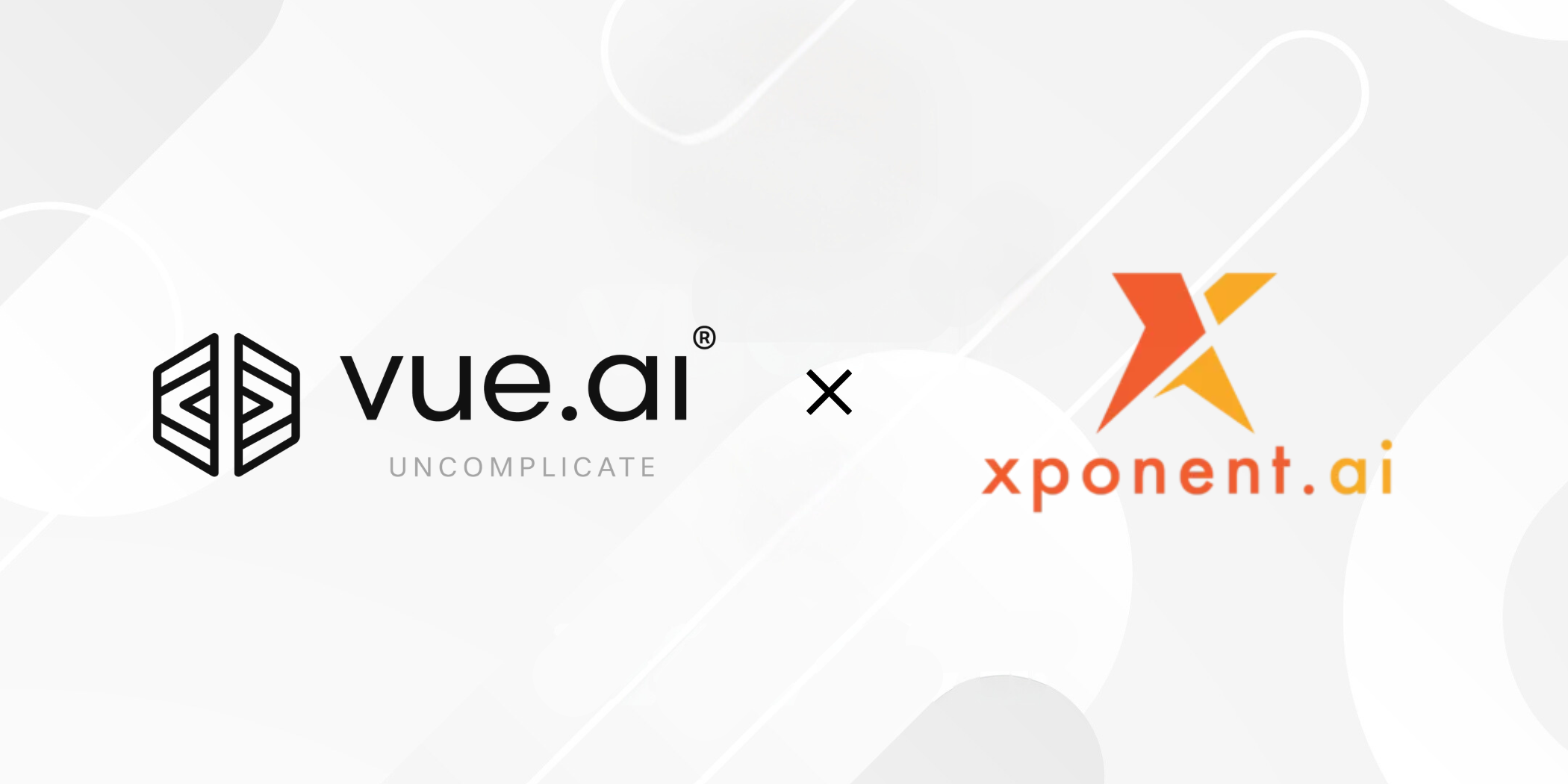A Beginner’s Guide to AIOps: The Future of Automated DevOps
As the world of IT operations becomes more complex, organizations are seeking ways to manage and optimize their processes more effectively. Enter AIOps, or Artificial Intelligence for IT Operations—a groundbreaking approach to automating and streamlining DevOps workflows. In this beginner’s guide, we’ll explore what AIOps is, how it works, and why it’s set to revolutionize the future of automated DevOps. What Is AIOps? AIOps refers to the application of artificial intelligence (AI) and machine learning (ML) to automate IT operations. It uses advanced algorithms to analyze massive amounts of data generated by IT systems in real time, enabling teams to identify patterns, detect anomalies, and resolve issues faster. Key features of AIOps include: Data ingestion from multiple sources like logs, metrics, and traces. Machine learning to identify patterns and predict potential issues. Automation to resolve problems without human intervention. Collaboration tools to enhance communication across teams. Why AIOps Is Essential for Modern DevOps The increasing complexity of IT environments, driven by hybrid clouds, microservices, and containerization, makes traditional manual monitoring and management inefficient. AIOps addresses these challenges by: Enhancing scalability: AIOps can process vast amounts of data, far beyond human capacity. Accelerating incident resolution: By identifying root causes and automating fixes, AIOps reduces downtime. Improving resource efficiency: Automated operations free up teams to focus on strategic tasks. Enabling proactive monitoring: Predictive analytics help prevent issues before they impact users. How AIOps Works AIOps platforms typically follow a multi-step process: 1. Data Collection AIOps tools collect data from various sources such as application logs, network performance metrics, and cloud monitoring tools. 2. Data Aggregation and Normalization The collected data is aggregated and normalized to ensure consistency and usability for analysis. 3. AI and ML Analysis Advanced algorithms analyze the data to: Identify patterns. Detect anomalies. Predict future trends or failures. 4. Automation and Action Based on insights, the platform triggers automated workflows to resolve issues or optimize systems. 5. Continuous Learning Machine learning models continuously adapt and improve based on new data and feedback. [ Good Read: How AI and ML Are Shaping the Future of DevOps in 2025] Benefits of AIOps for DevOps Teams 1. Improved Collaboration AIOps centralizes data and insights, breaking down silos between DevOps, IT, and security teams. 2. Faster Deployment Cycles By automating routine tasks and incident management, AIOps speeds up development and deployment timelines. 3. Enhanced Reliability Proactive monitoring and real-time anomaly detection minimize outages and improve system reliability. 4. Cost Savings Automation reduces the need for manual intervention, saving time and operational costs. You can check more info about: AIOps. DevOps Consultant. Cloud Platform Engineering. DevOps Solutions. Continuous Integration Service.

As the world of IT operations becomes more complex, organizations are seeking ways to manage and optimize their processes more effectively. Enter AIOps, or Artificial Intelligence for IT Operations—a groundbreaking approach to automating and streamlining DevOps workflows. In this beginner’s guide, we’ll explore what AIOps is, how it works, and why it’s set to revolutionize the future of automated DevOps.
What Is AIOps?
AIOps refers to the application of artificial intelligence (AI) and machine learning (ML) to automate IT operations. It uses advanced algorithms to analyze massive amounts of data generated by IT systems in real time, enabling teams to identify patterns, detect anomalies, and resolve issues faster.
Key features of AIOps include:
- Data ingestion from multiple sources like logs, metrics, and traces.
- Machine learning to identify patterns and predict potential issues.
- Automation to resolve problems without human intervention.
- Collaboration tools to enhance communication across teams.
Why AIOps Is Essential for Modern DevOps
The increasing complexity of IT environments, driven by hybrid clouds, microservices, and containerization, makes traditional manual monitoring and management inefficient. AIOps addresses these challenges by:
- Enhancing scalability: AIOps can process vast amounts of data, far beyond human capacity.
- Accelerating incident resolution: By identifying root causes and automating fixes, AIOps reduces downtime.
- Improving resource efficiency: Automated operations free up teams to focus on strategic tasks.
- Enabling proactive monitoring: Predictive analytics help prevent issues before they impact users.
How AIOps Works
AIOps platforms typically follow a multi-step process:
1. Data Collection
AIOps tools collect data from various sources such as application logs, network performance metrics, and cloud monitoring tools.
2. Data Aggregation and Normalization
The collected data is aggregated and normalized to ensure consistency and usability for analysis.
3. AI and ML Analysis
Advanced algorithms analyze the data to:
- Identify patterns.
- Detect anomalies.
- Predict future trends or failures.
4. Automation and Action
Based on insights, the platform triggers automated workflows to resolve issues or optimize systems.
5. Continuous Learning
Machine learning models continuously adapt and improve based on new data and feedback.
[ Good Read: How AI and ML Are Shaping the Future of DevOps in 2025]
Benefits of AIOps for DevOps Teams
1. Improved Collaboration
AIOps centralizes data and insights, breaking down silos between DevOps, IT, and security teams.
2. Faster Deployment Cycles
By automating routine tasks and incident management, AIOps speeds up development and deployment timelines.
3. Enhanced Reliability
Proactive monitoring and real-time anomaly detection minimize outages and improve system reliability.
4. Cost Savings
Automation reduces the need for manual intervention, saving time and operational costs.
You can check more info about: AIOps.
What's Your Reaction?



























